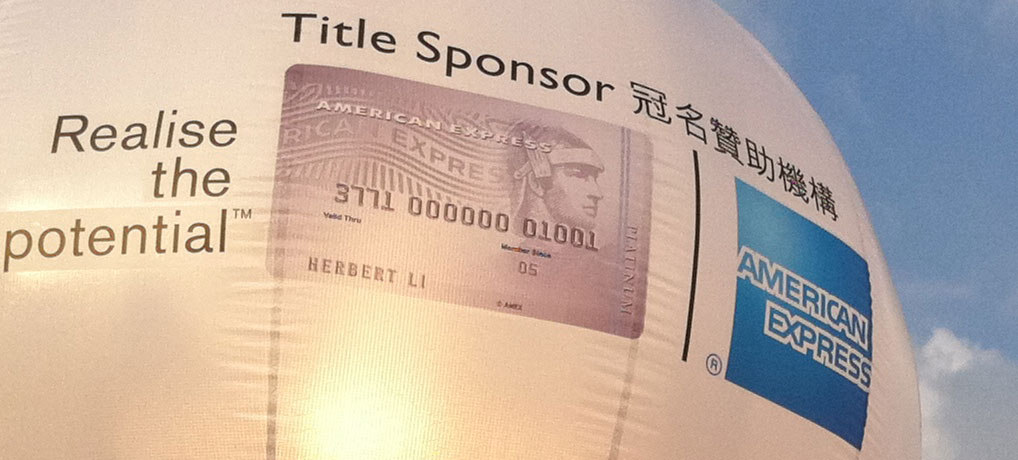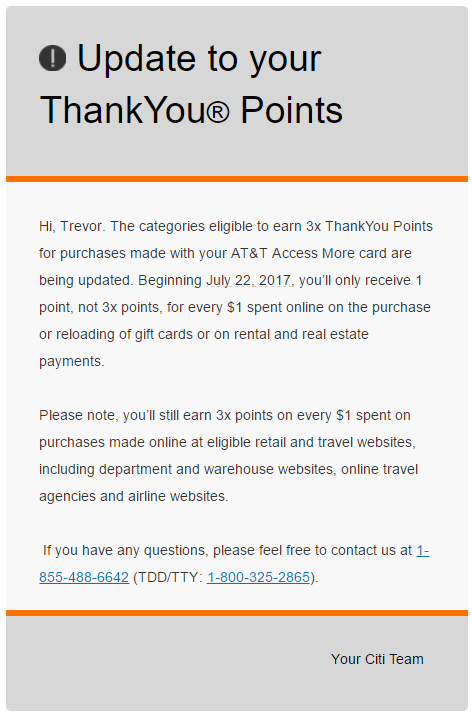Reminder use AMEX Business Platinum Dell $100 credit!
With the American Express Business Platinum becoming more expensive and offering less value, it is imperative to get the greatest value. To that point, don’t forget to use your AMEX Business Platinum Dell $100 Credit! Here are a few ways you can get greater value, or at least stack some of the benefit. Leverage Shopping…









